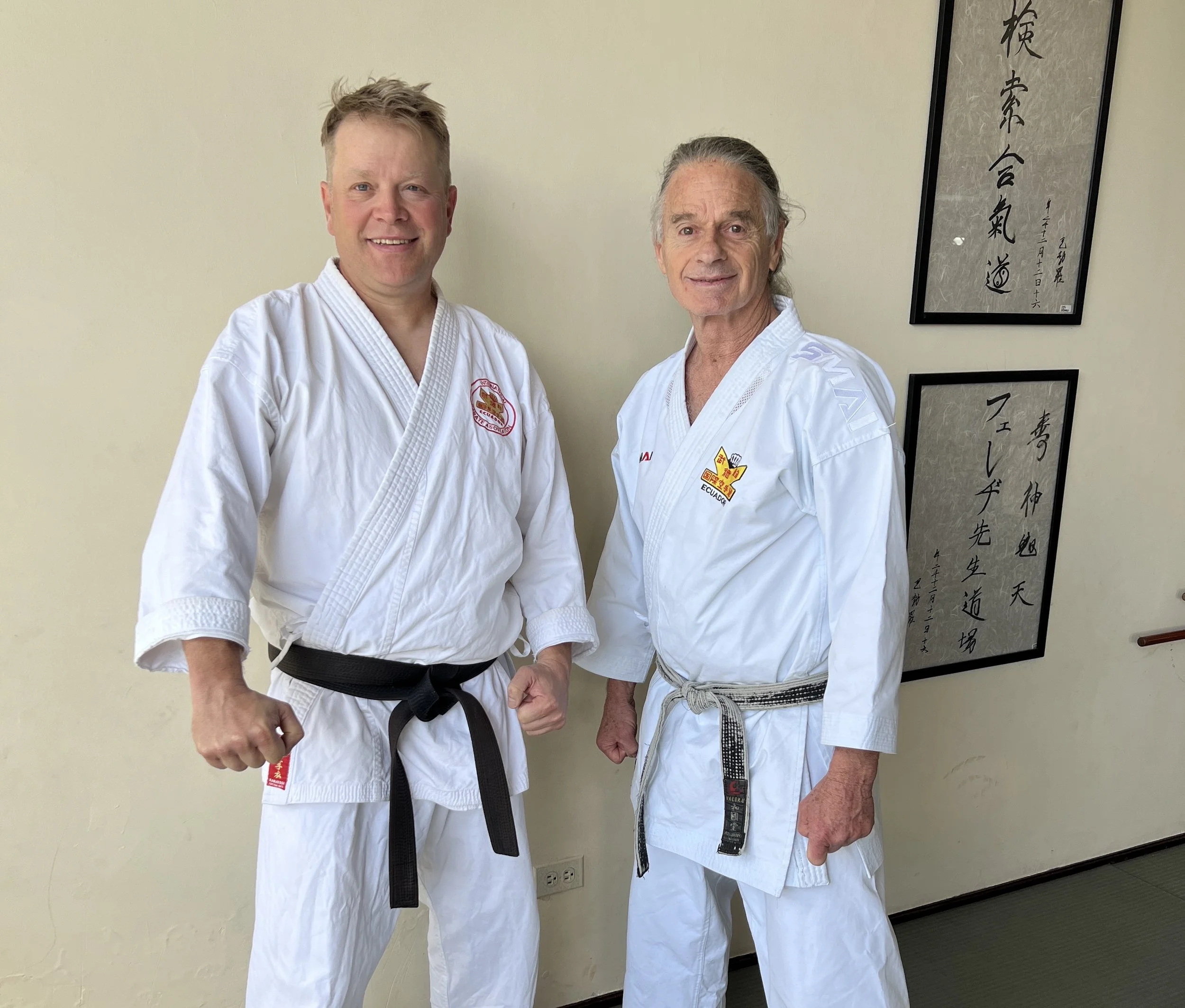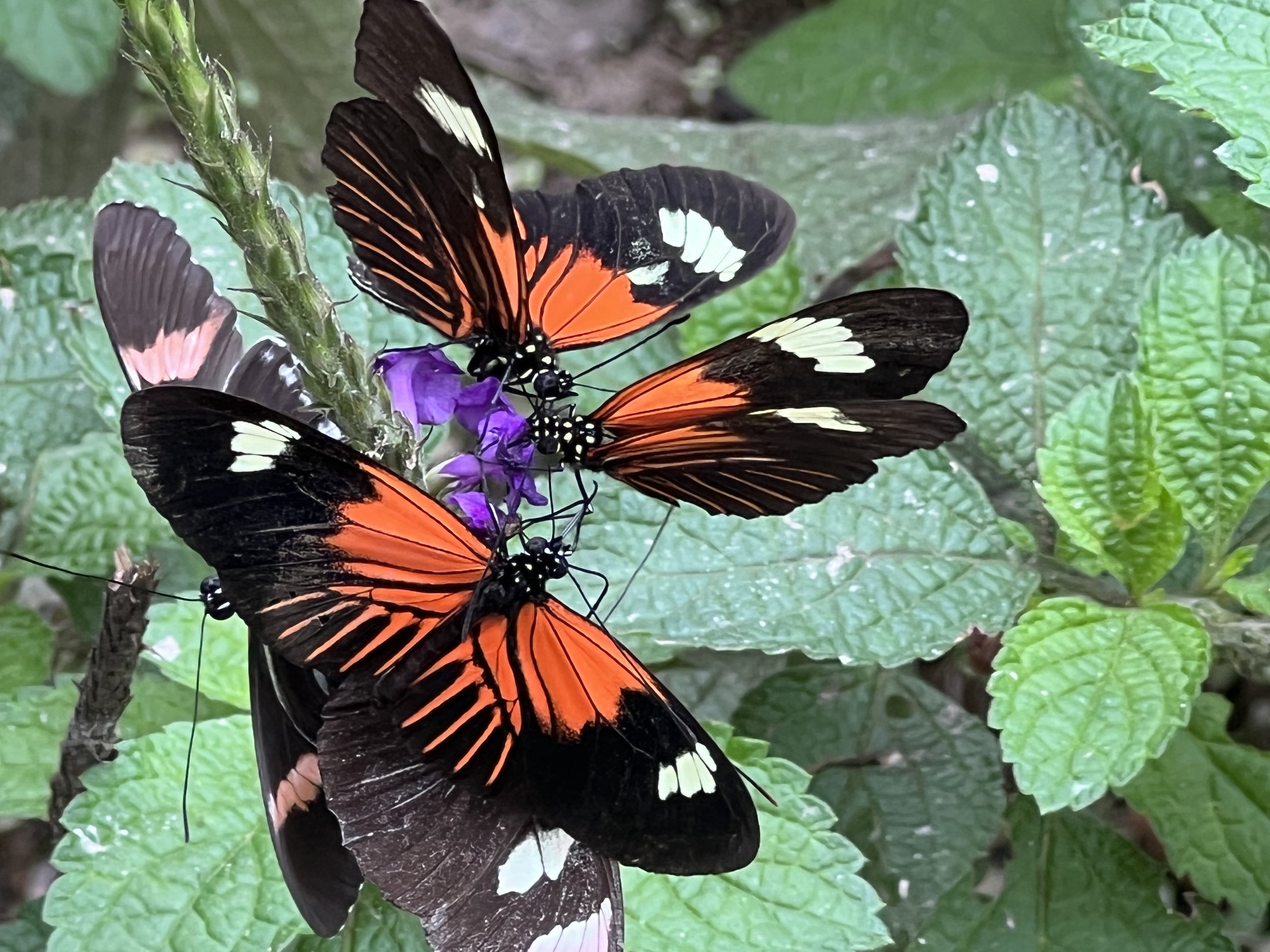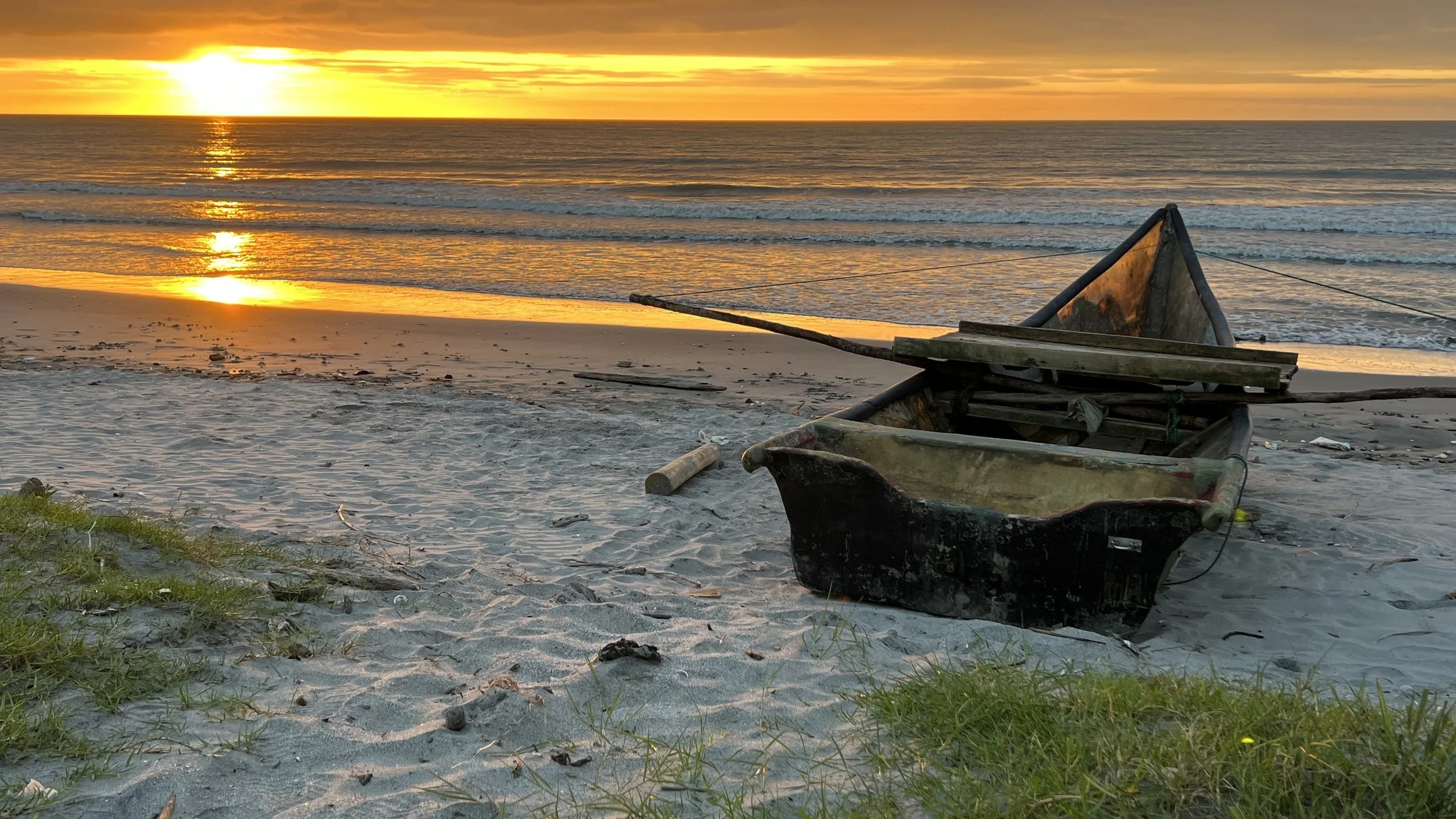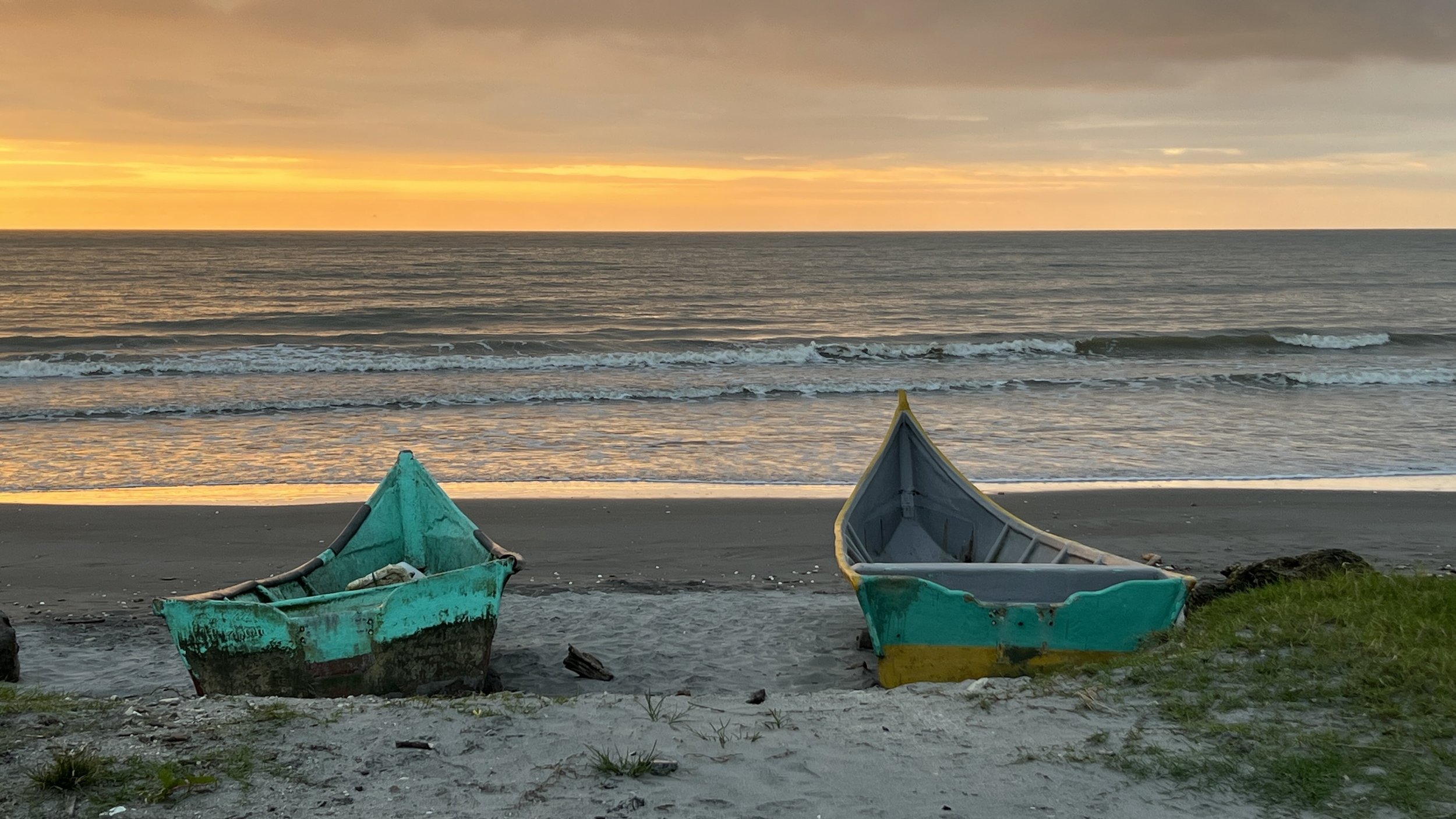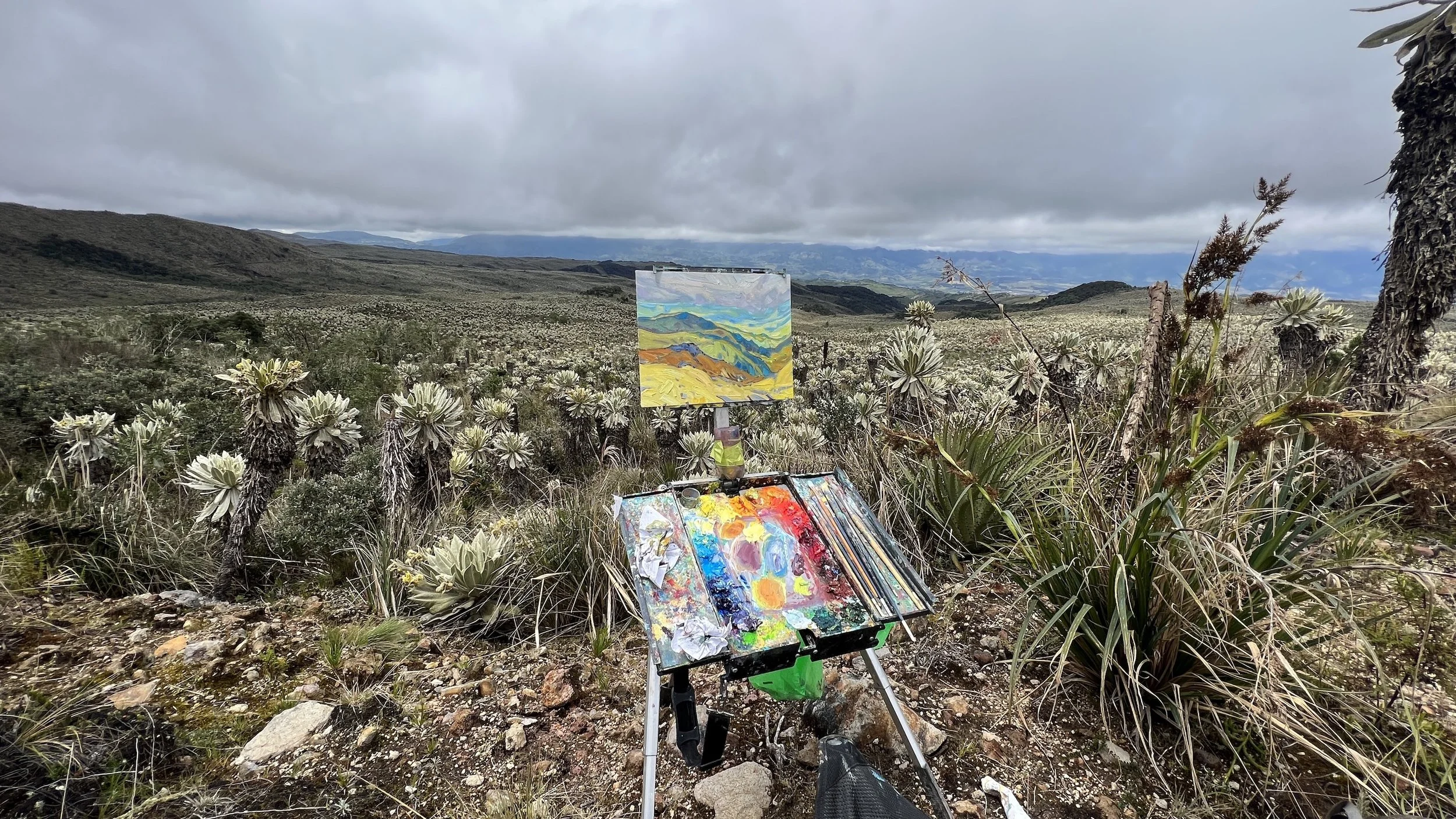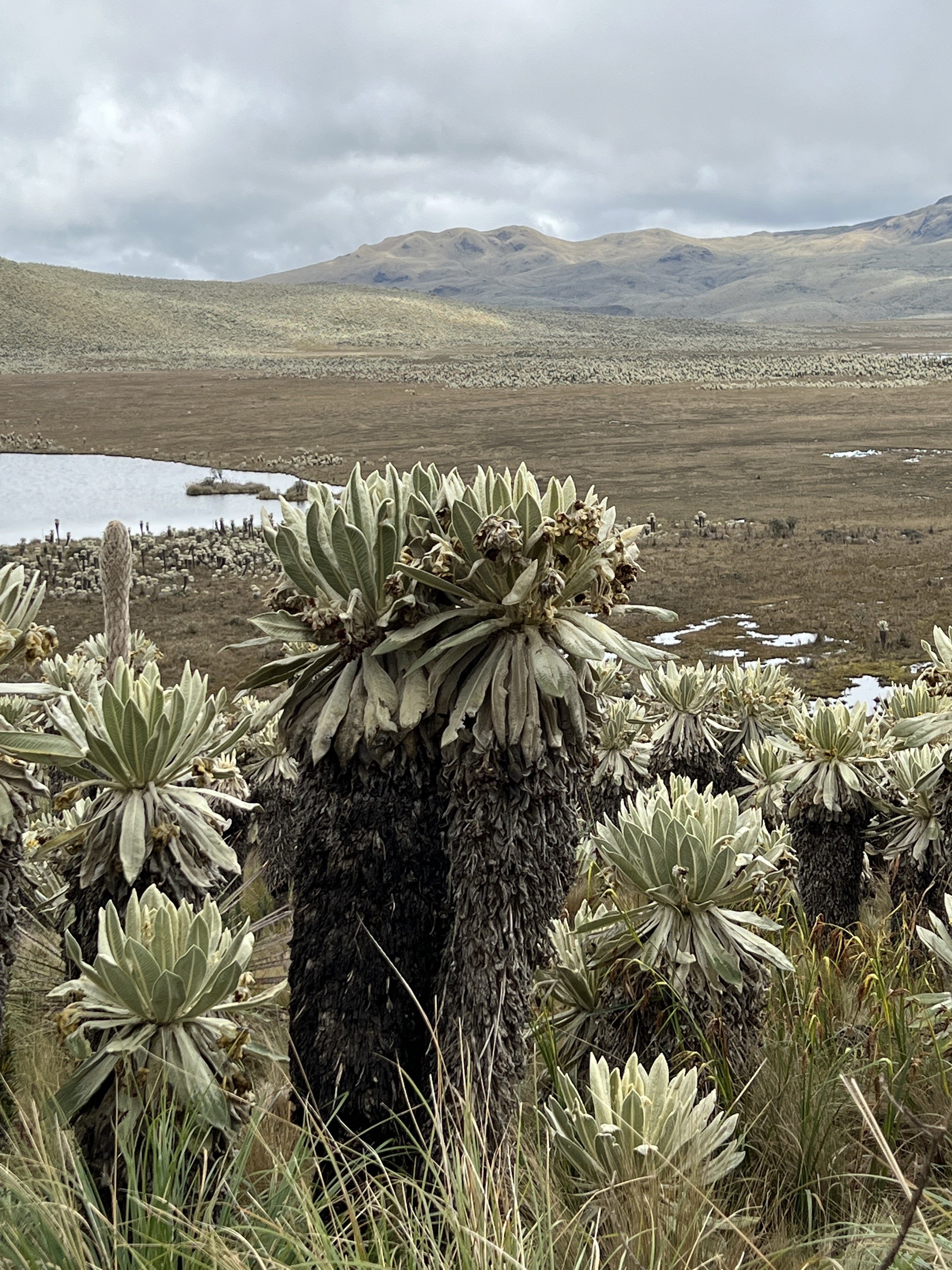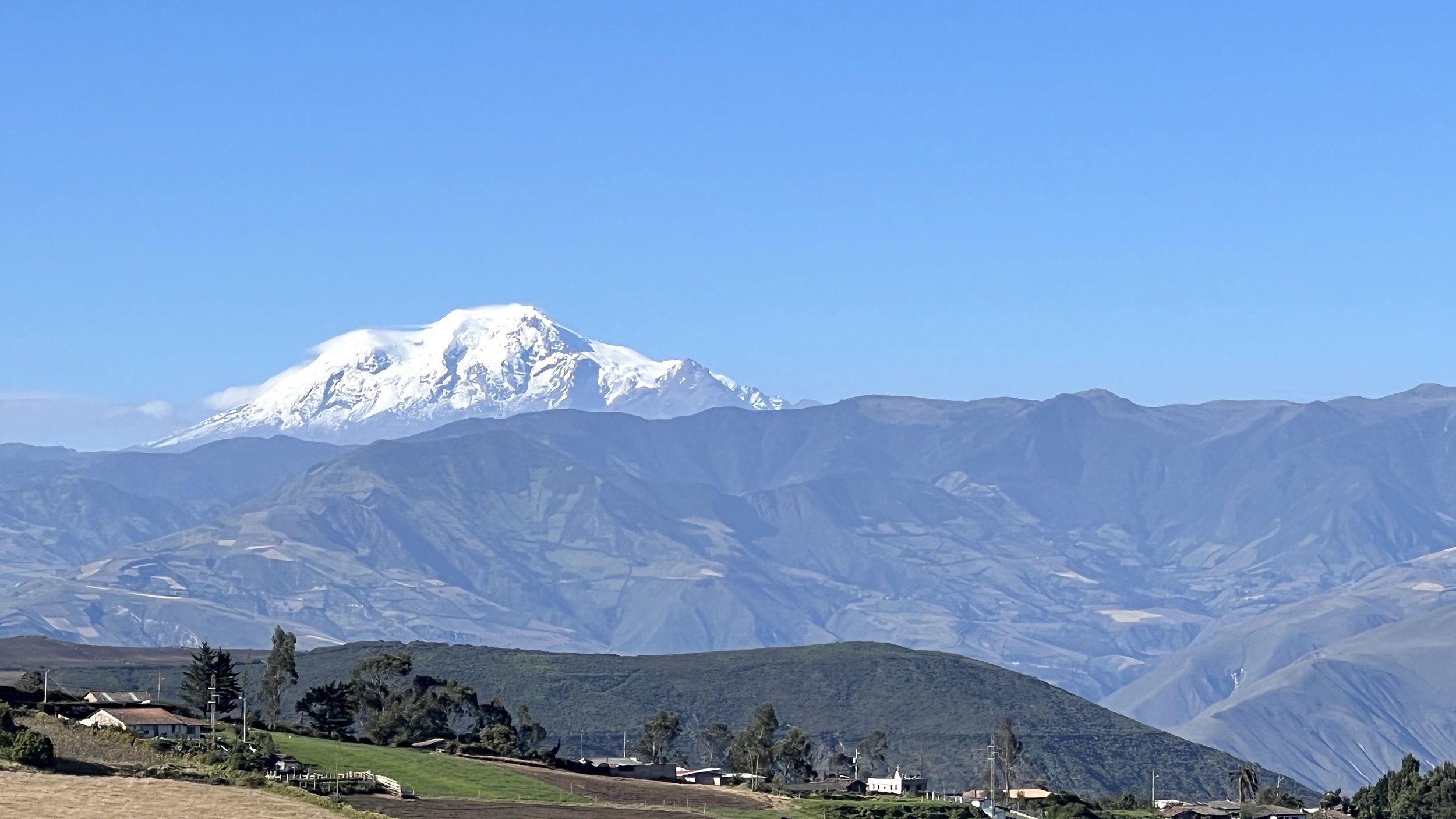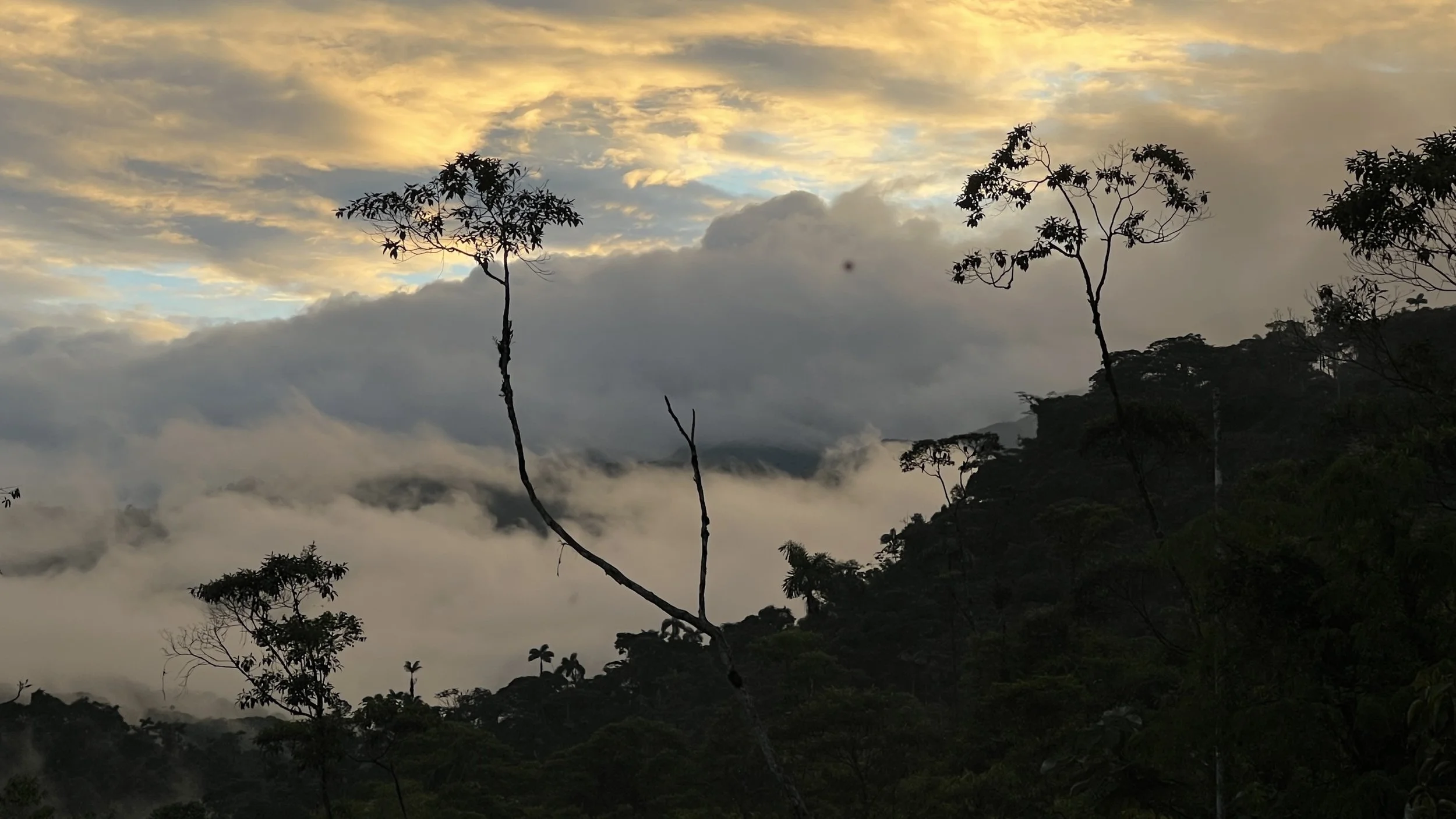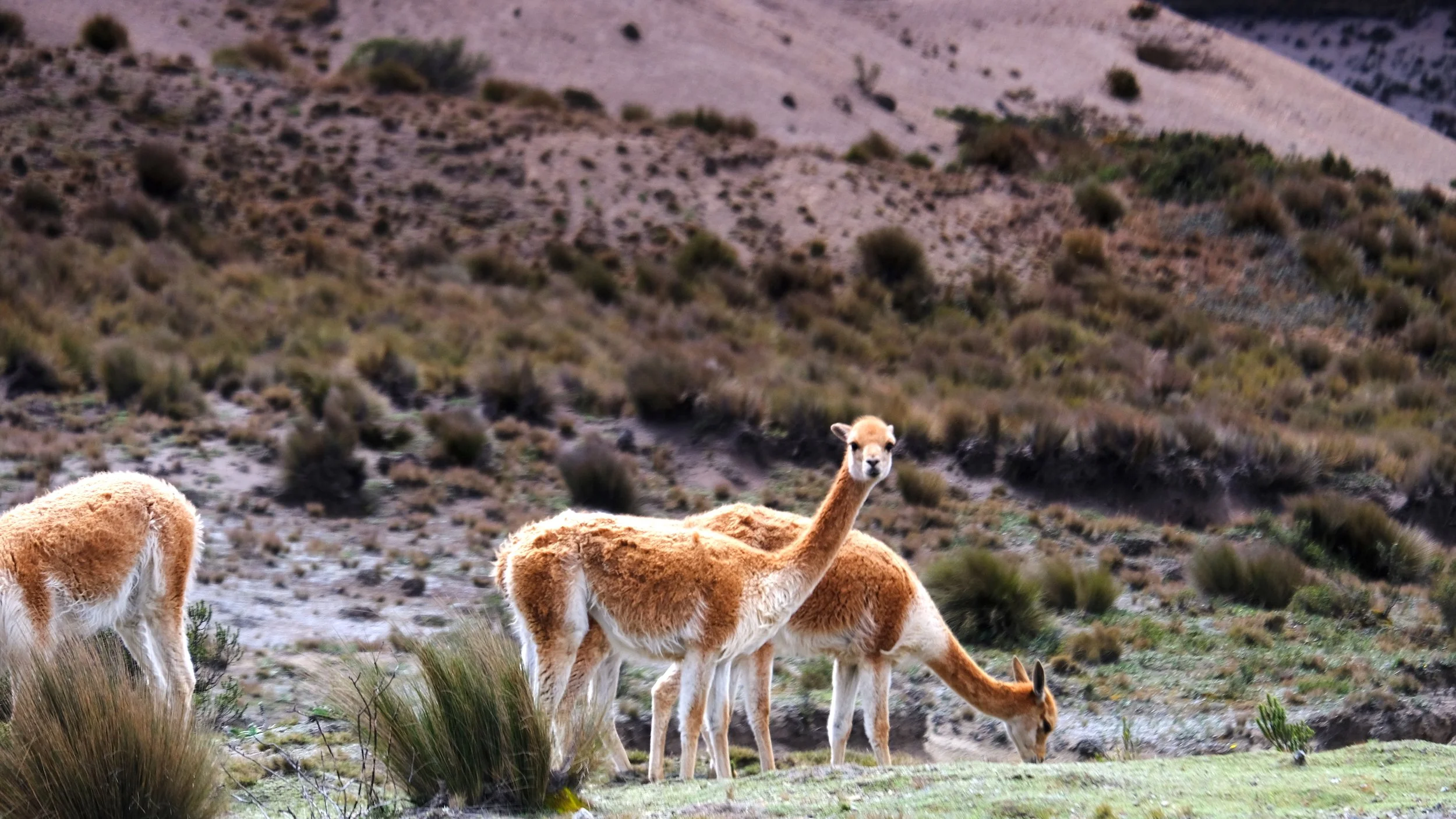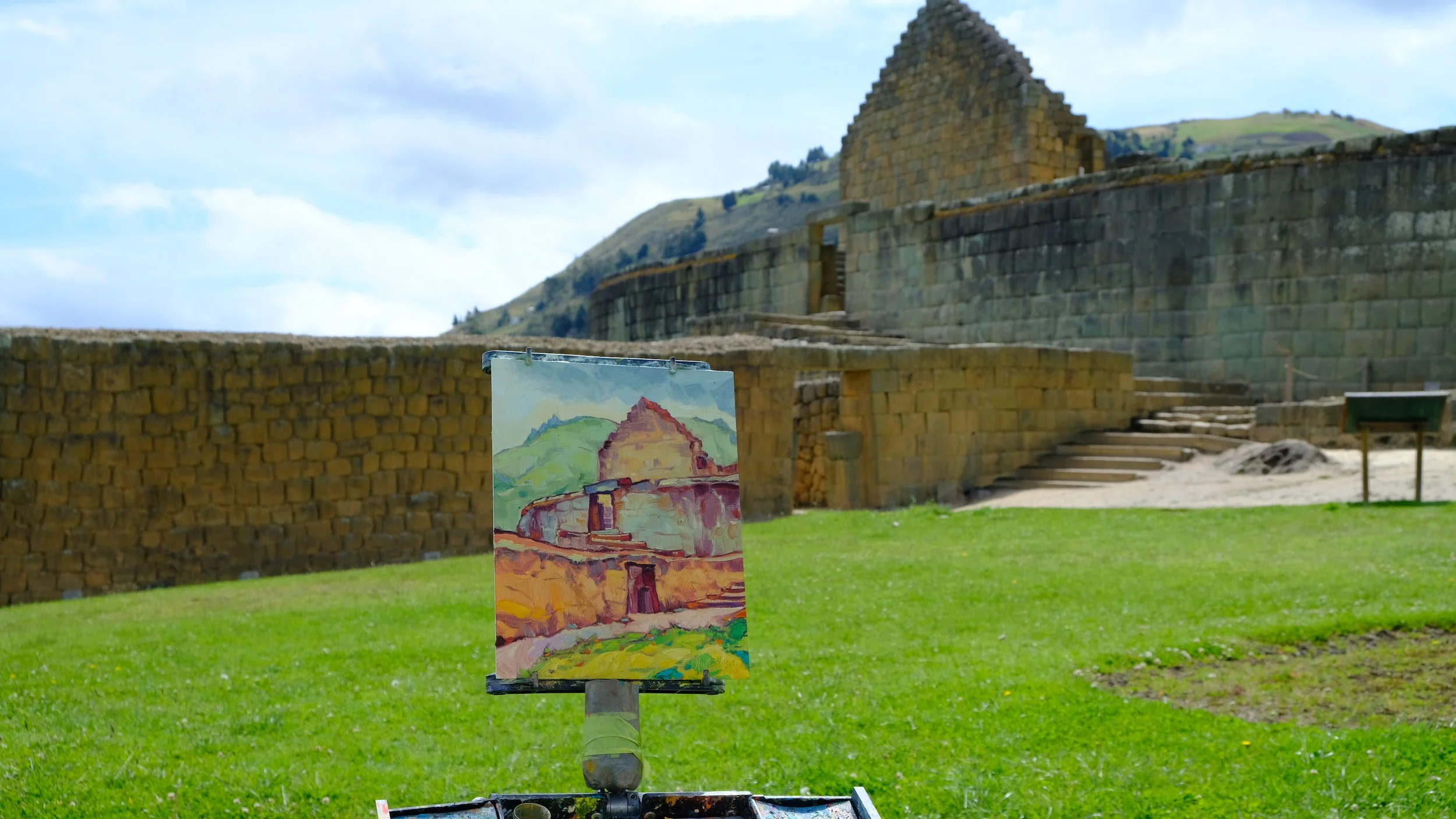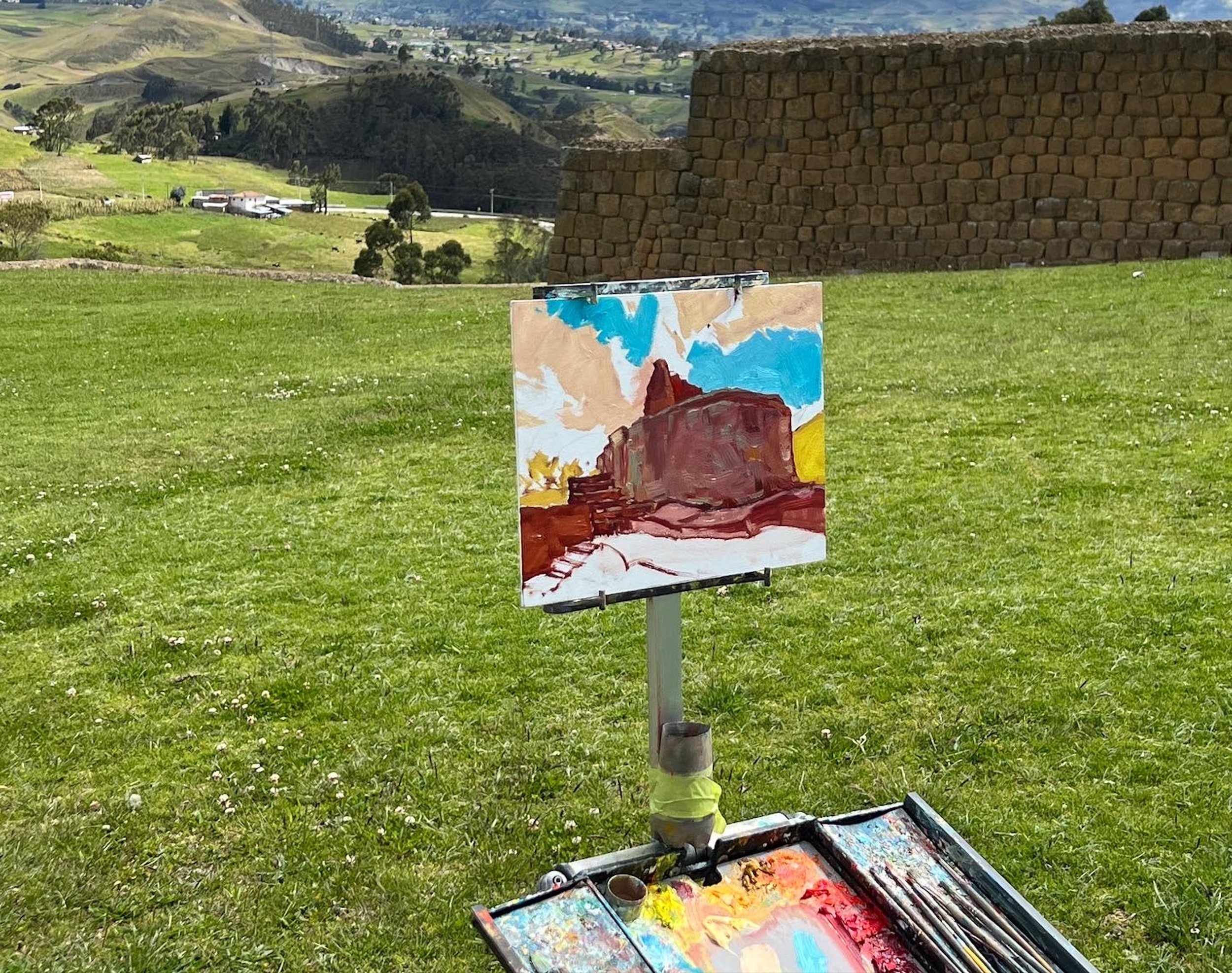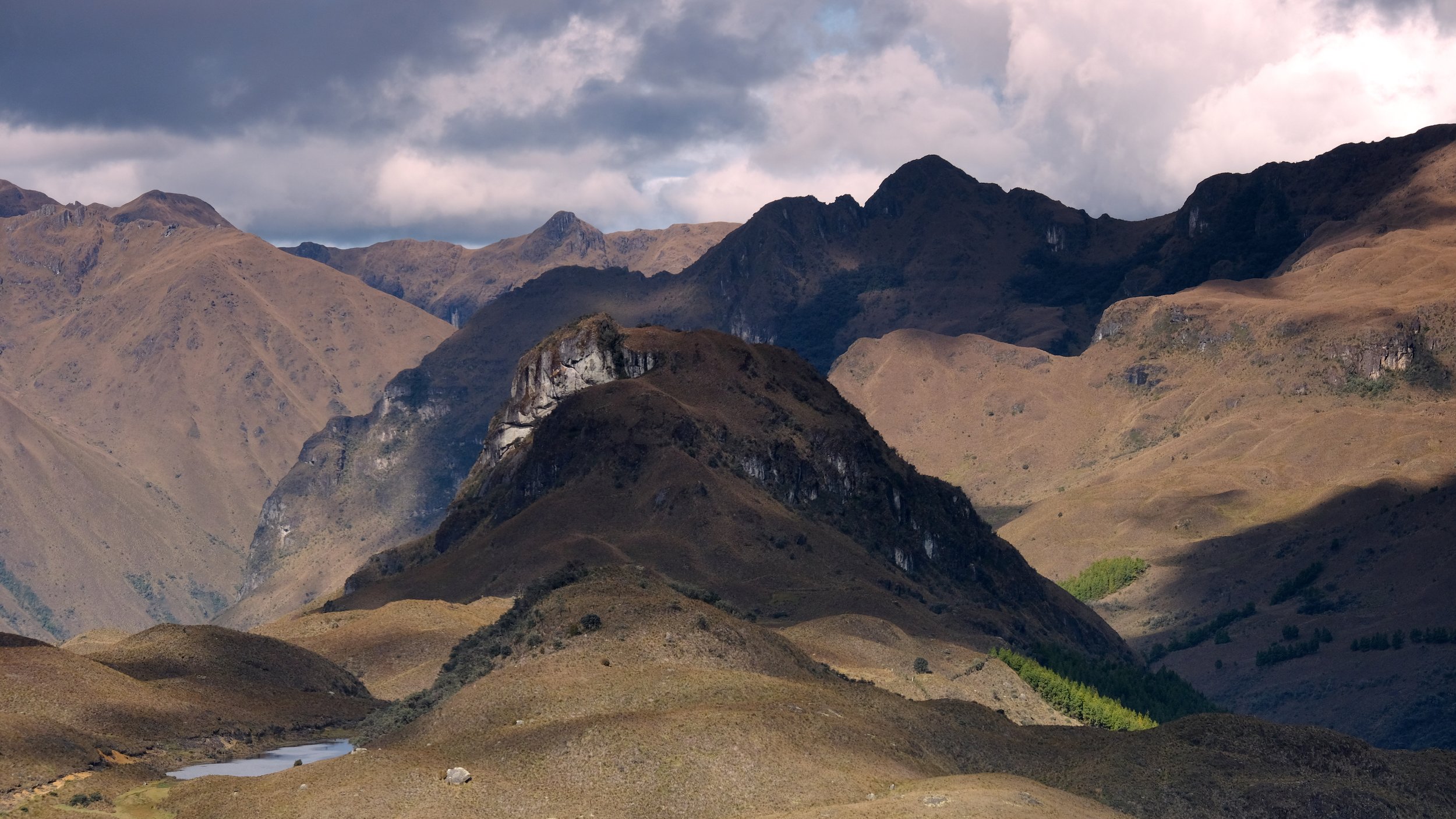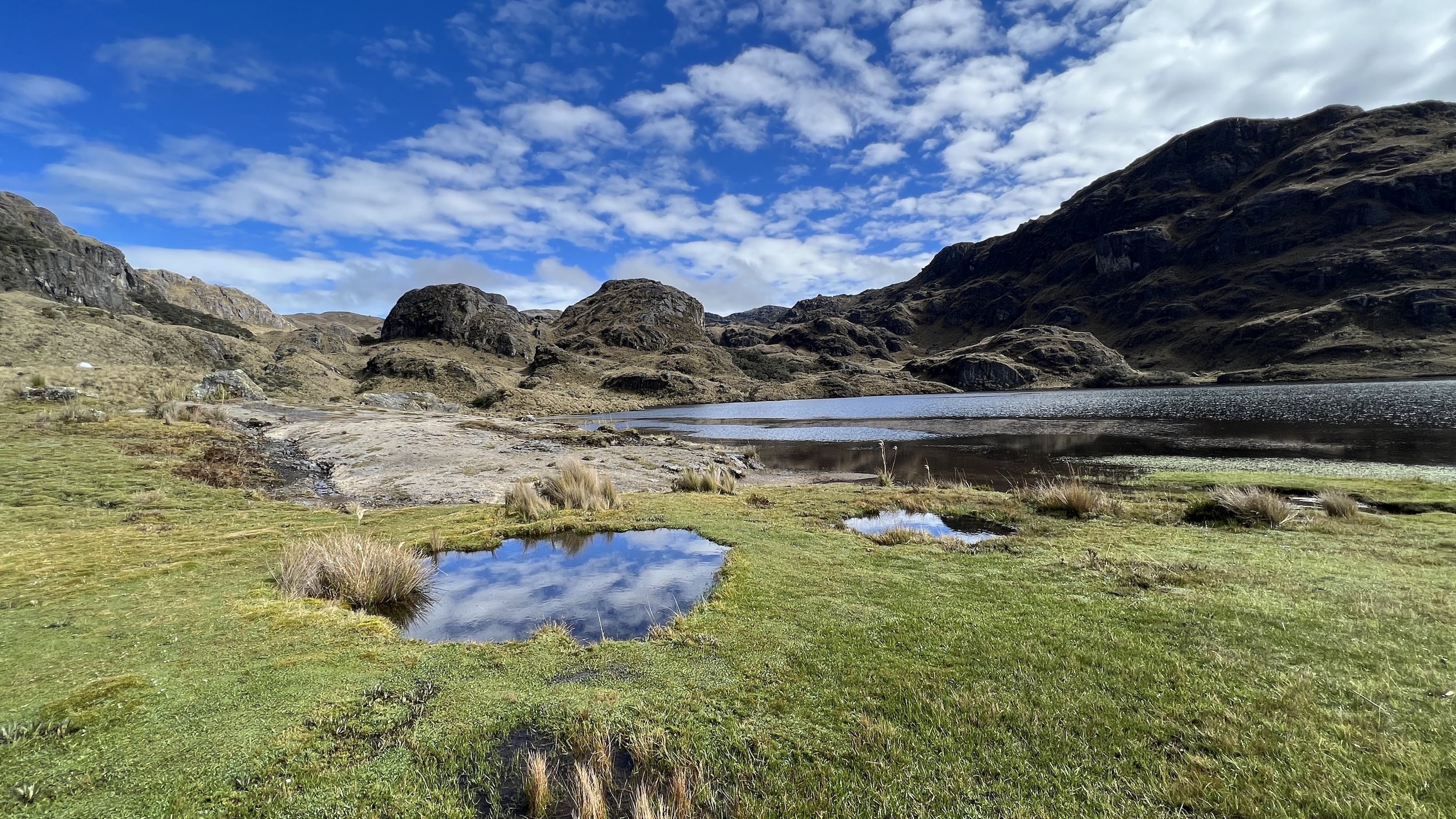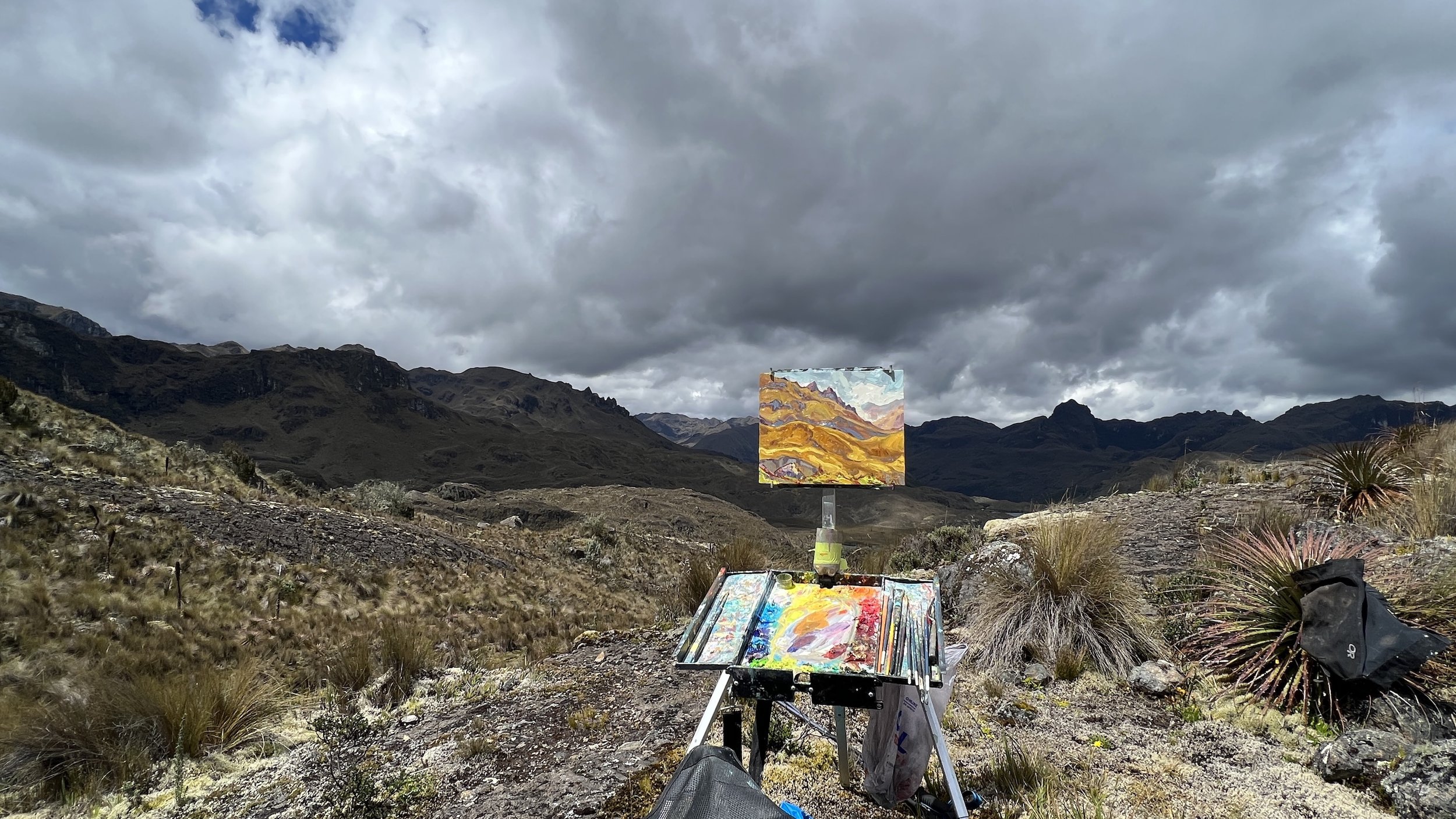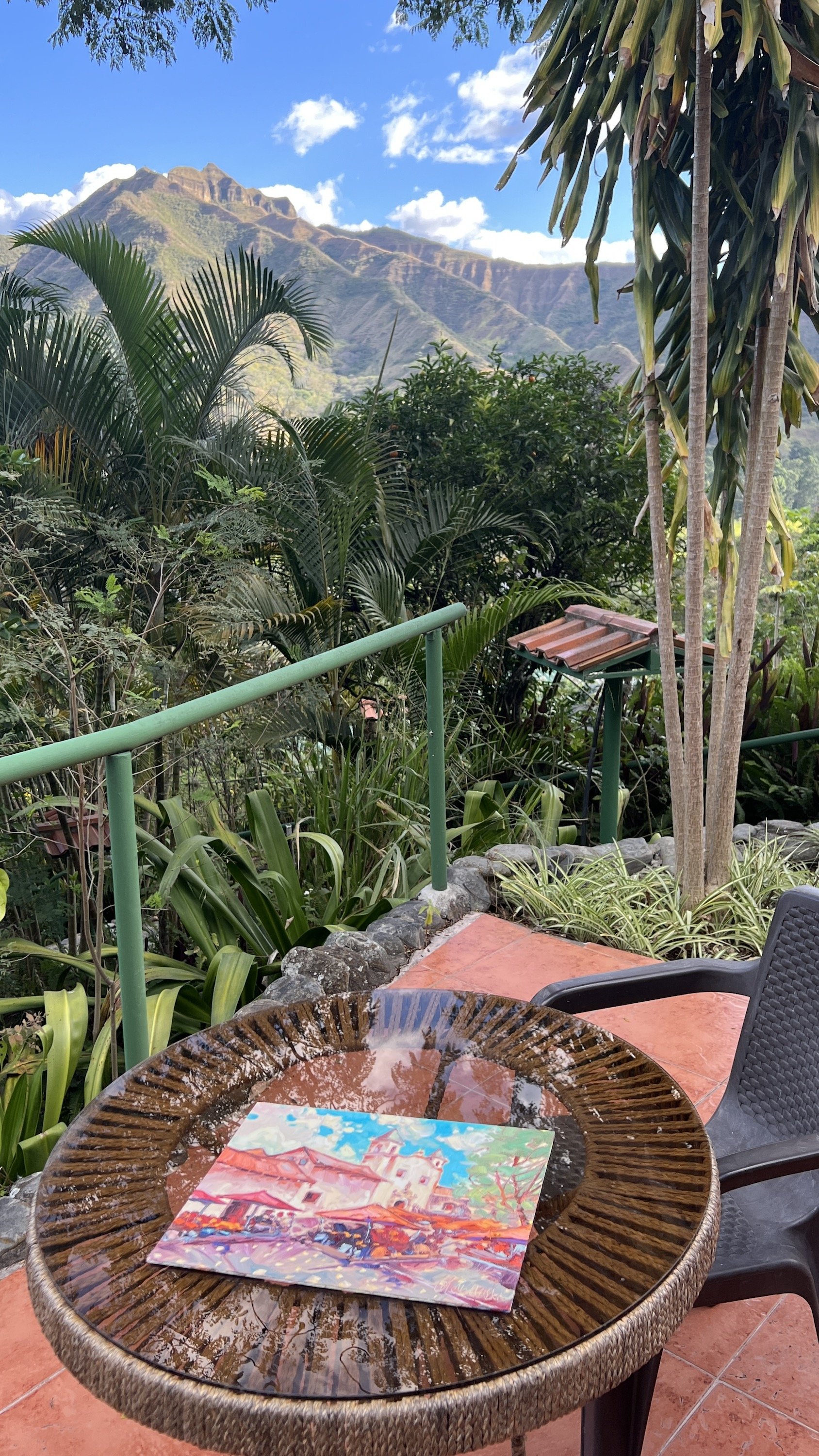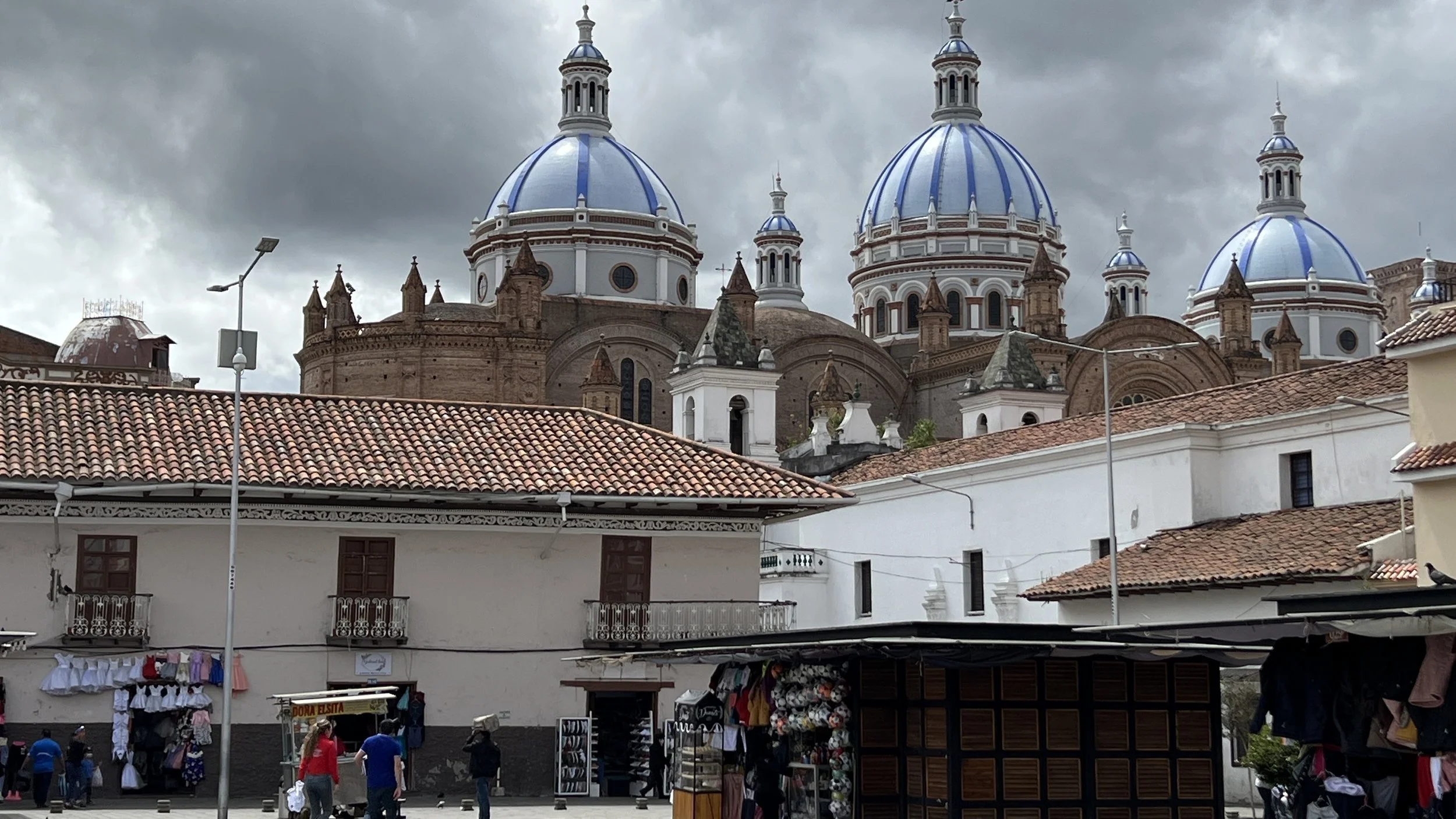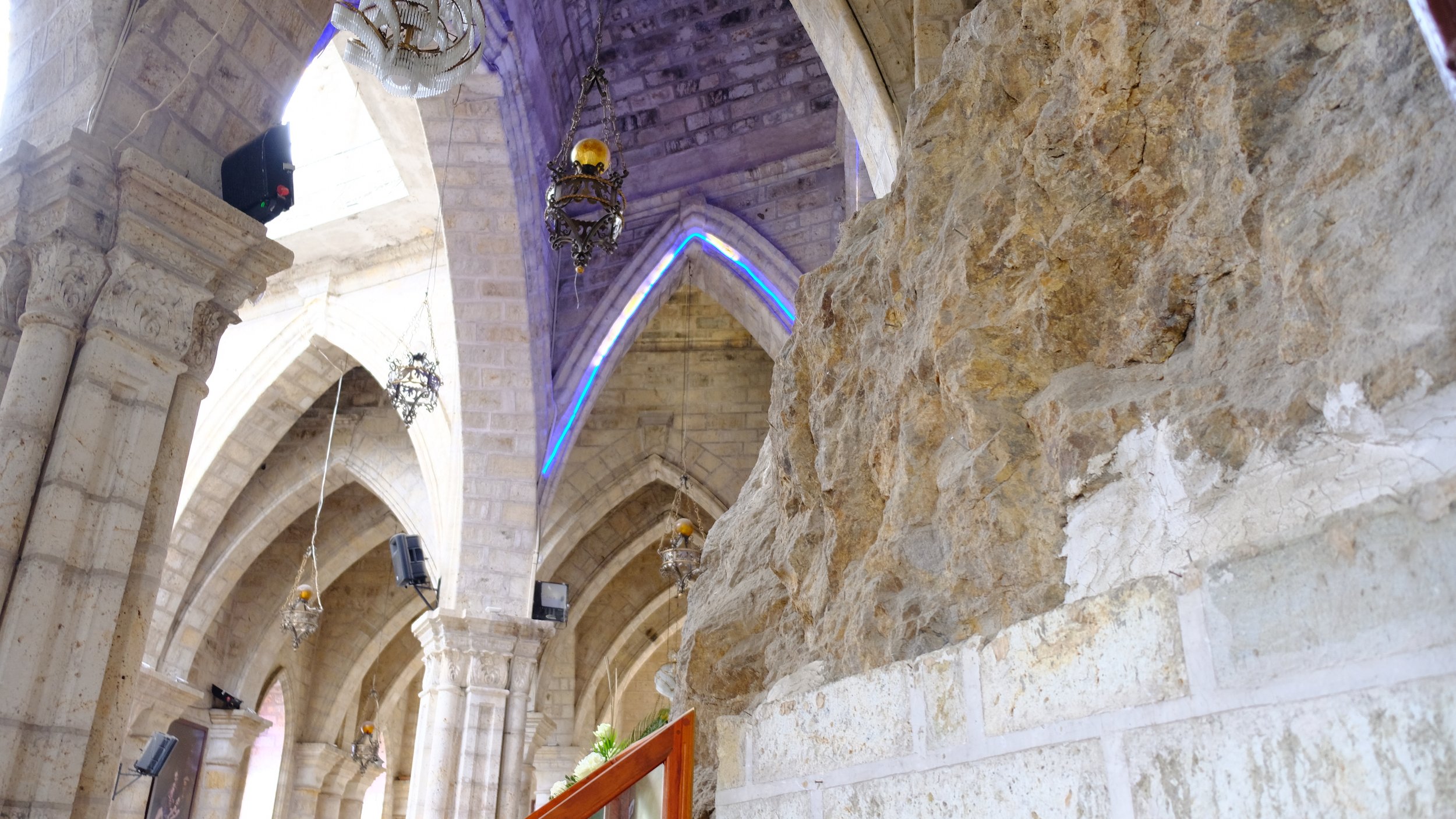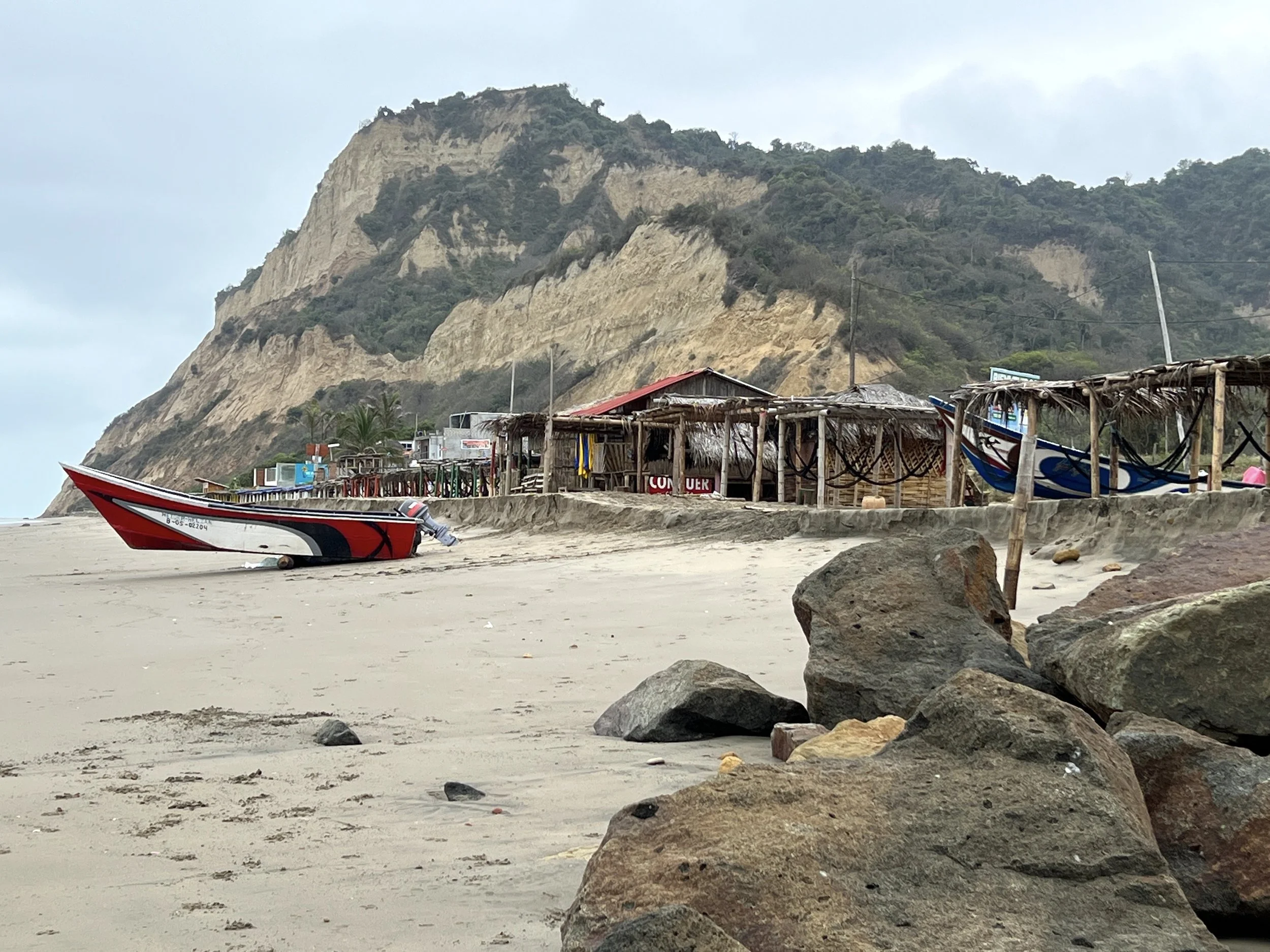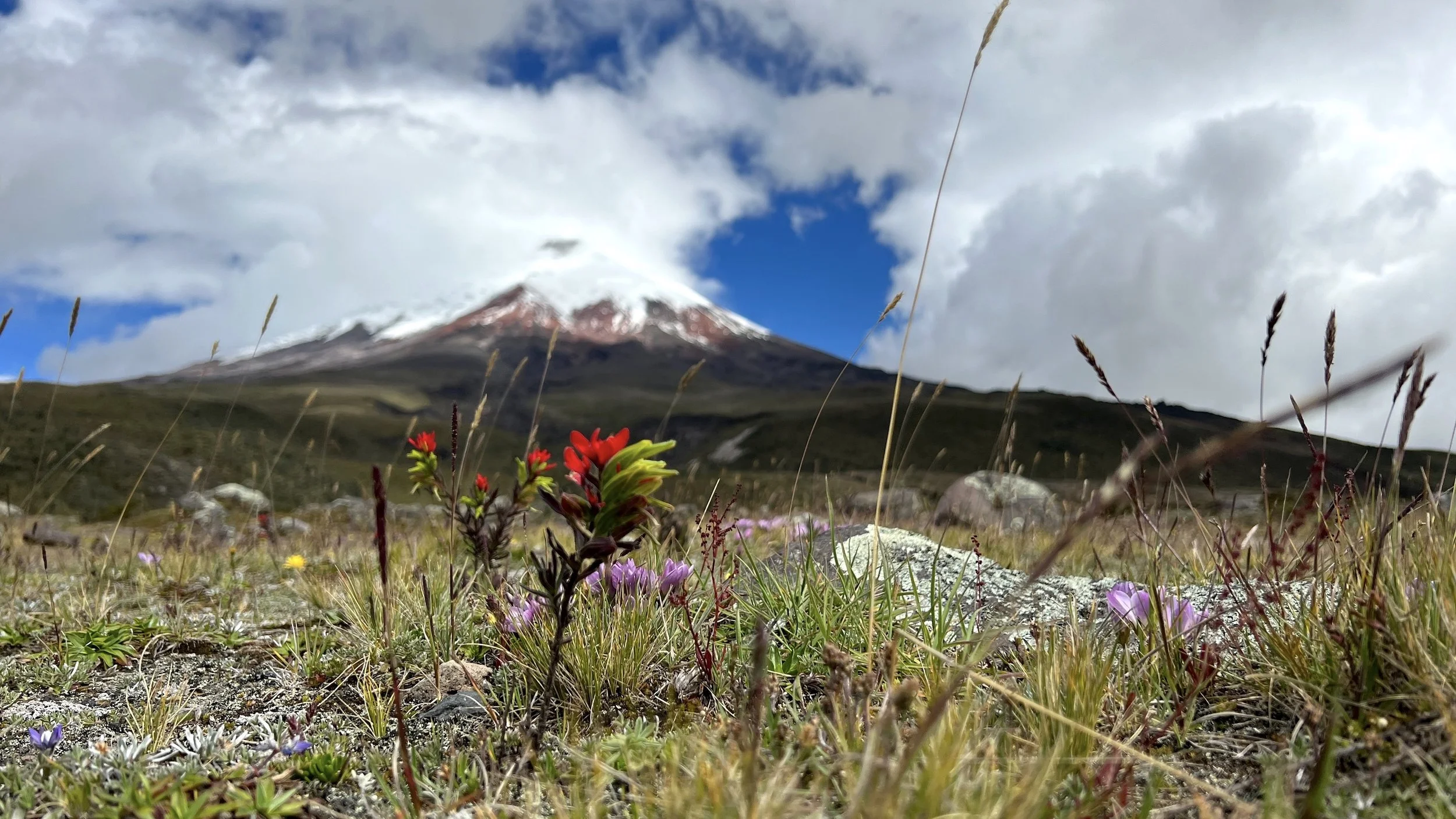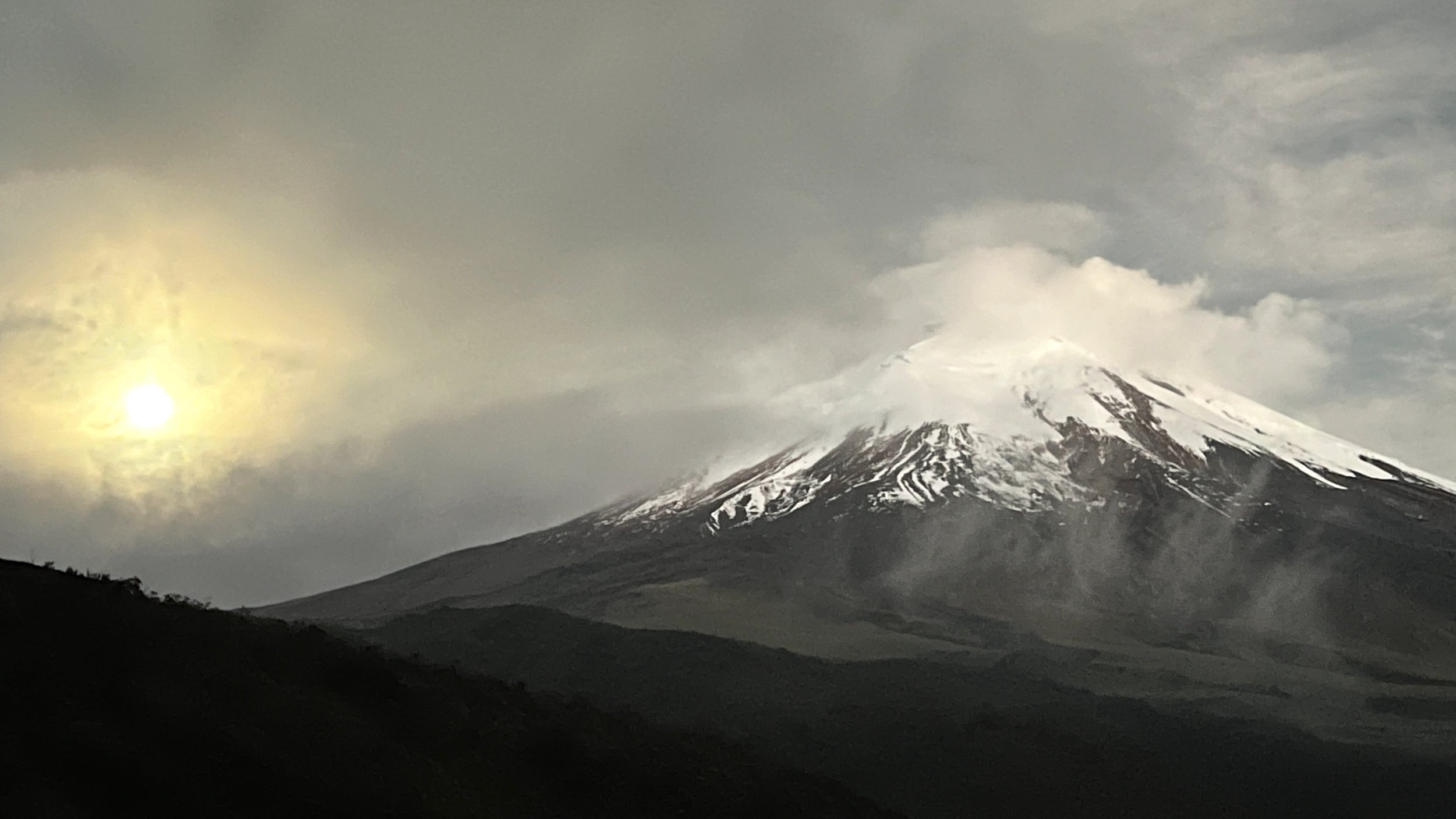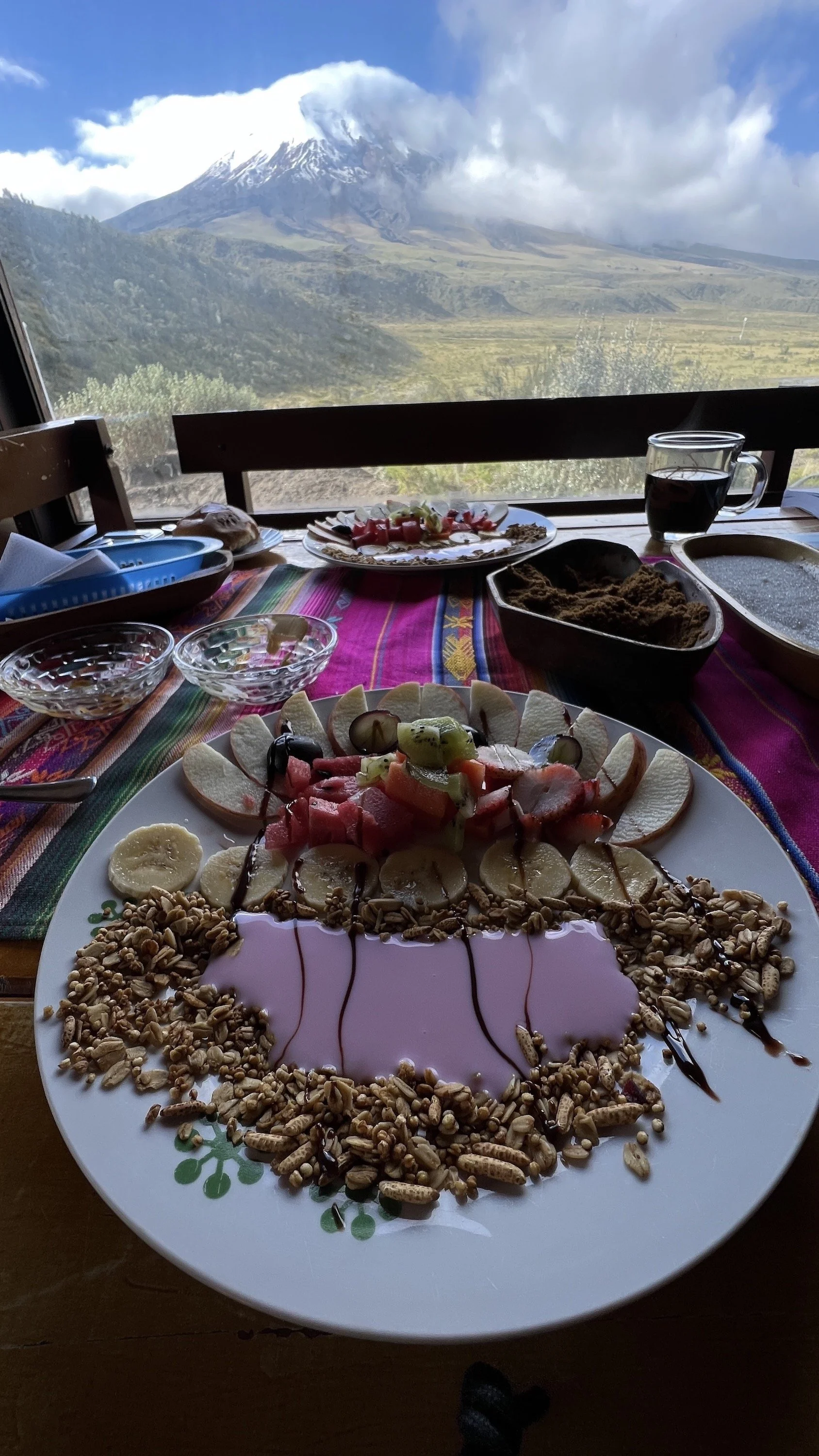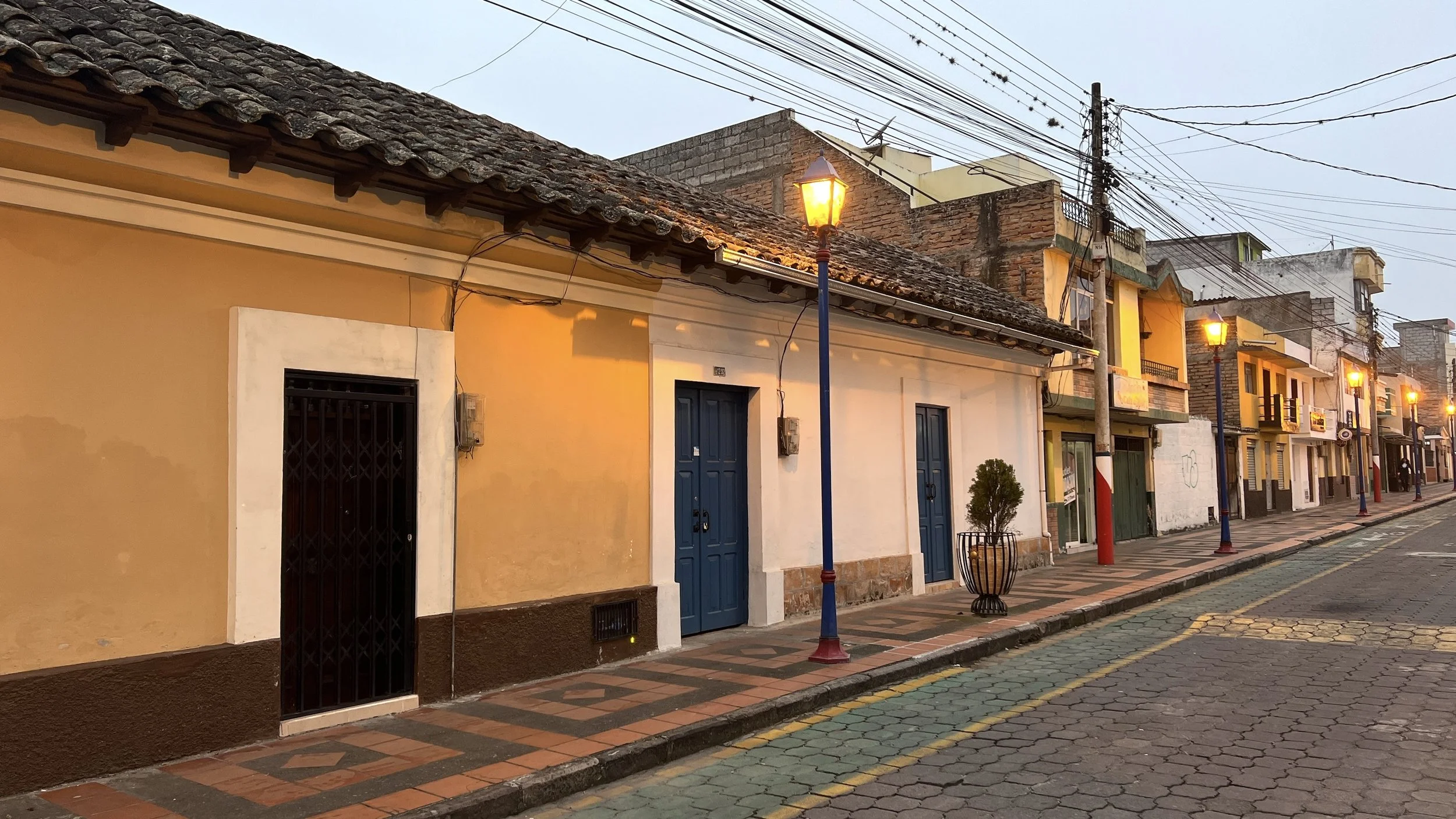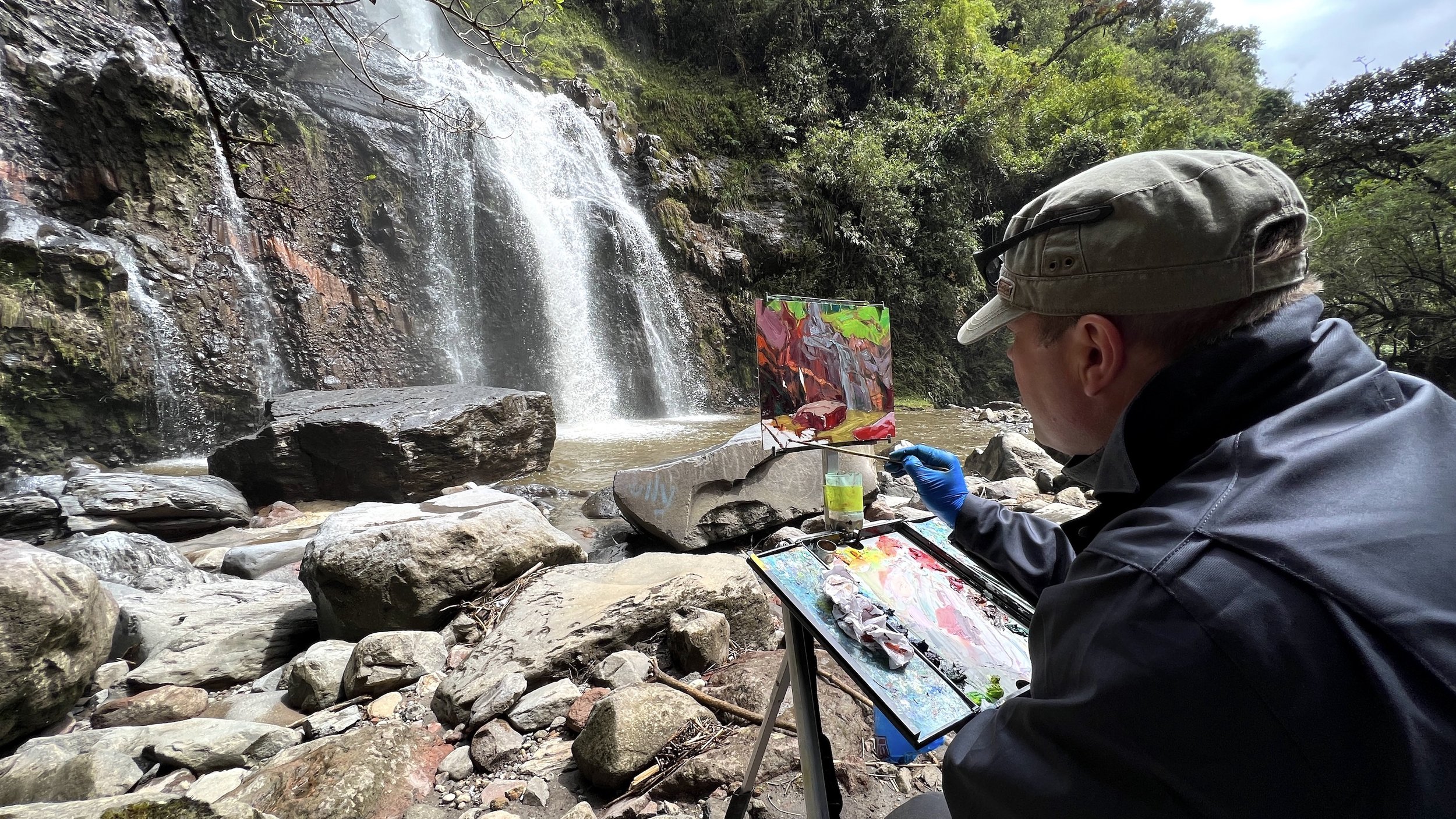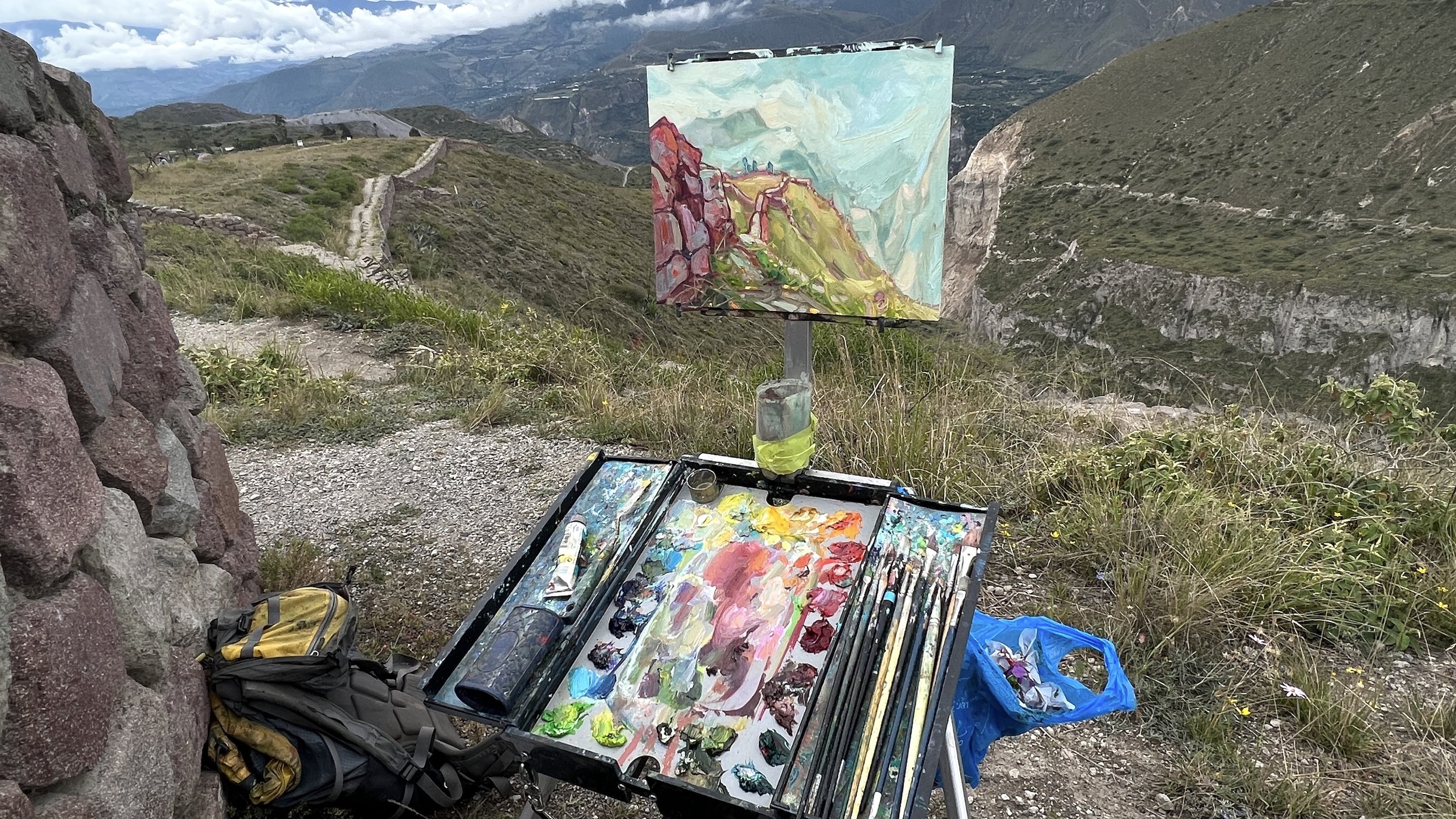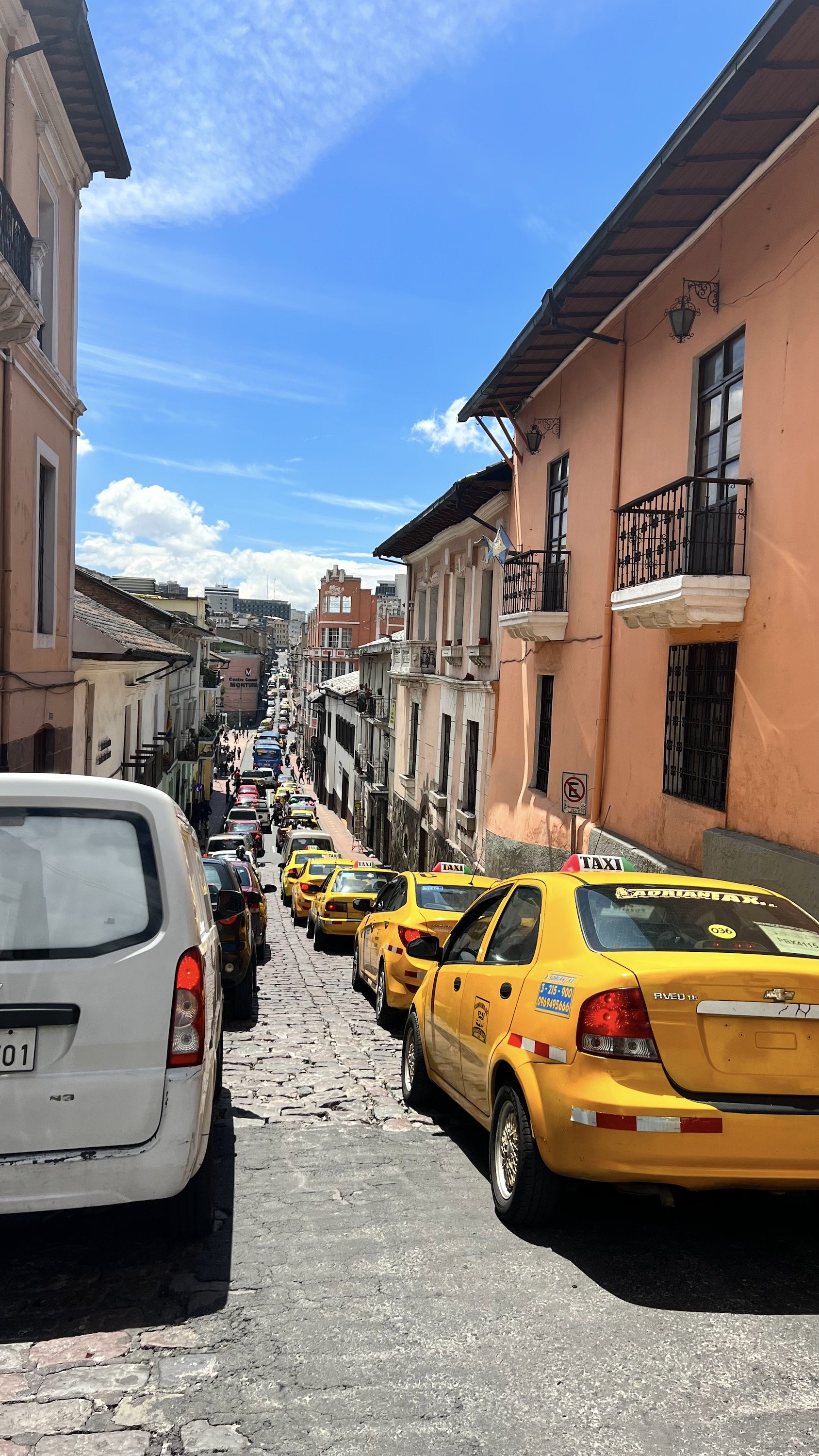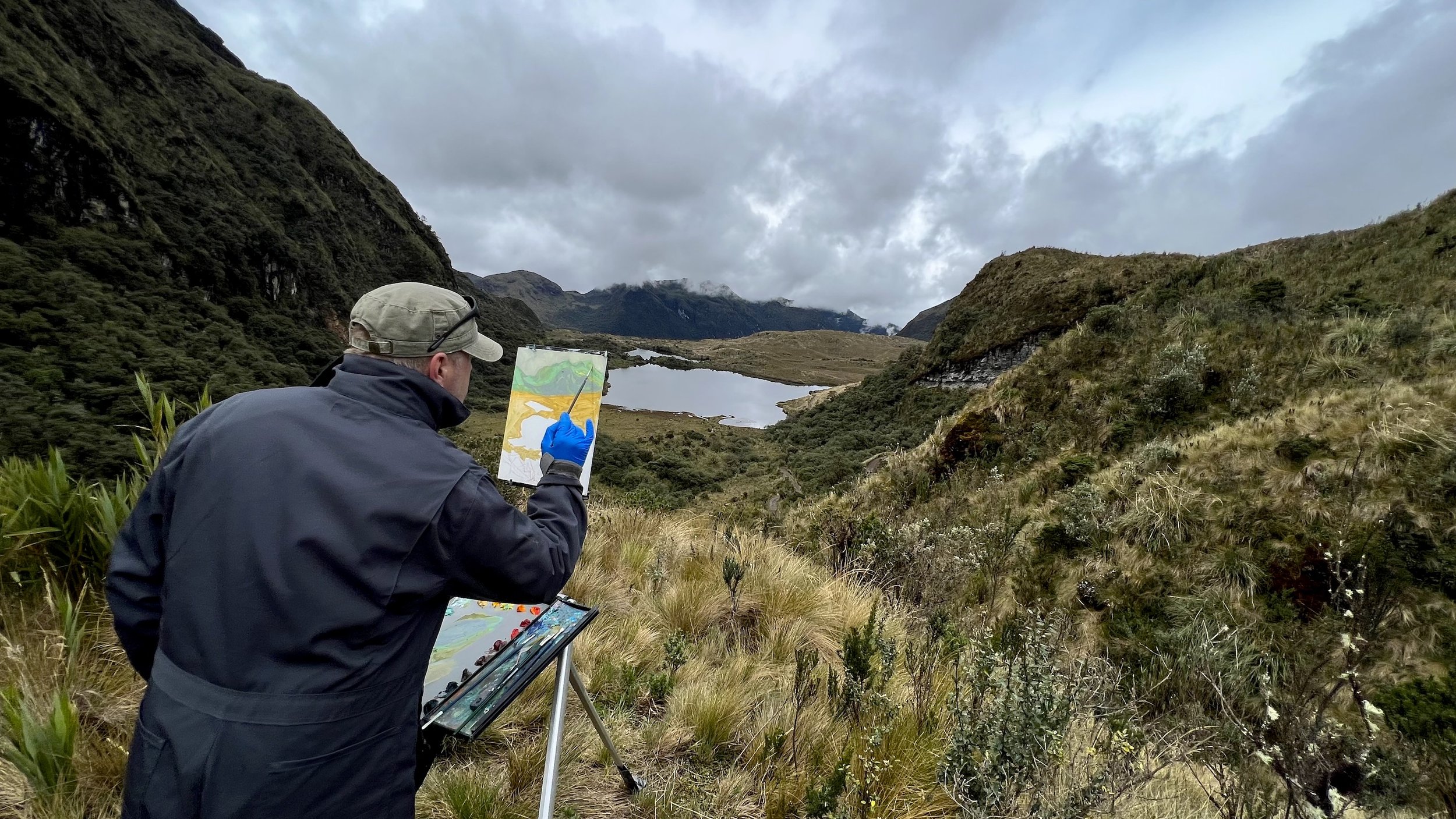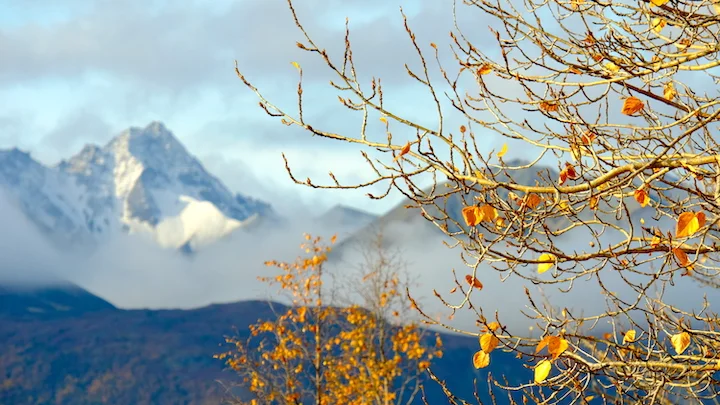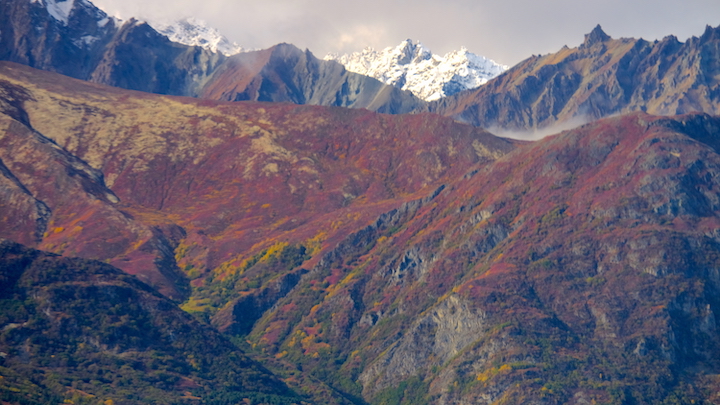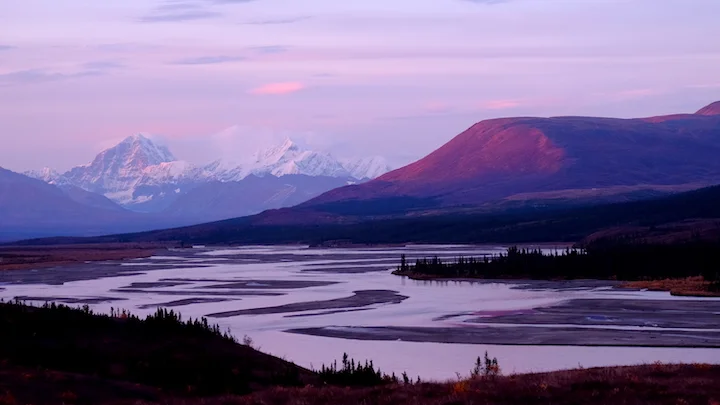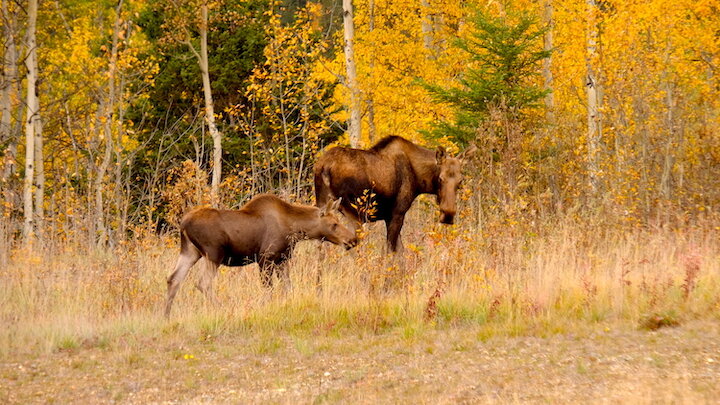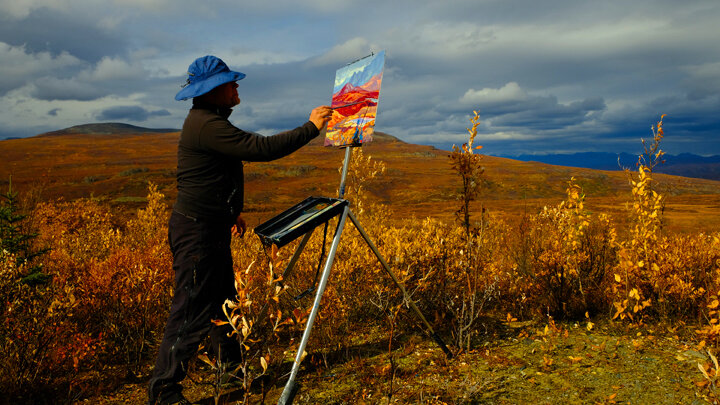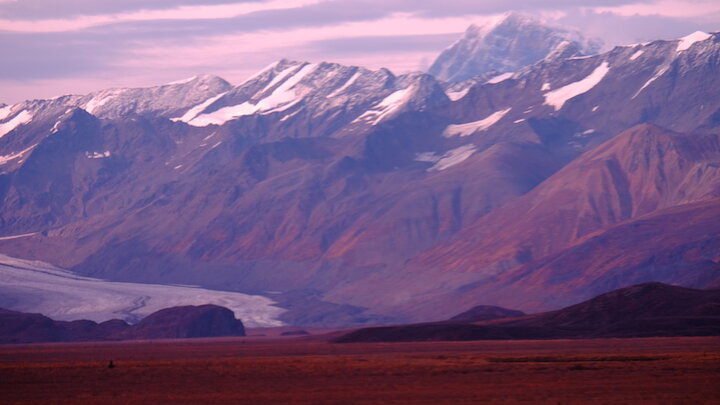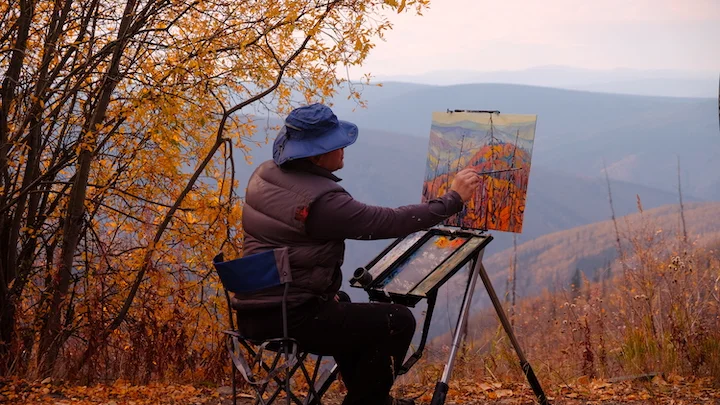I finally arrived in Quito to get ready for my departure. There is always a process of repacking the paintings to plastics sleeves and making sure they would travel safely. This time, after driving for two months in Ecuador, driving in Quito did not even faze me. It is amazing what you can get used to.
Upon arriving in Ecuador in June I was introduced through mutual Canadian friends to Hanshi Rafael Janowitzer who is a member of our Karate organization, IKA. Rafael is the biggest distributor of martial arts equipment in Ecuador, teaches karate at his own dojo in Quito and he is the head of IKA for Ecuador.
Back in June Rafael asked me to teach a class to his black belt class once I return to Quito. After good day rest, we met up on Sunday in the dojo with 30 other black belts. It was a pleasure to meet new martial artist, teach in the amazing dojo and share the karate spirit.
Monday was finally time to go back to Canada and my flight did not leave till late night. I spent a relaxing day with Rafael and his family. Upon arriving at the airport and checking in, I was called into airport security and police station in regards to my luggage. I knew exactly what it was about, my art supplies. The guard took me into the belie of the airport where I was met with armed police personnel. They asked me to open luggage in question, after short back and forth of explaining that I was an artist and those are the tubes of oil paint, it was all smiles. I always carry safety data sheet which indicate the flash point. I was free to go and 20hrs of flight was ahead of me.
Next day I arrived back, exhausted with really bad back pain from caring all my paintings in my carry on. I never leave the paintings in my luggage, since they represent unreplaceable value.
Now it is time, unwide, enjoy comforts of home and get back to studio painting.
Well Ecuador was blast! I am looking forward to returning again to South America soon.

